"Reach out and touch, somebody's hand. Make this world a better place, if you can." -Aretha Franklin
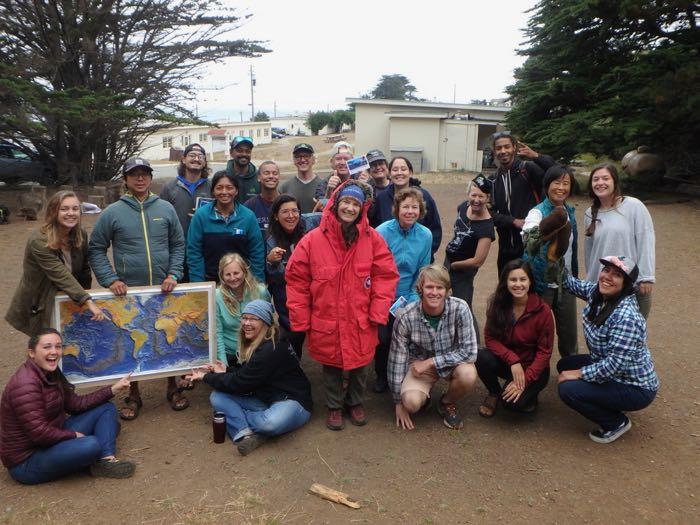
"Close your eyes for a moment and just dream your wildest dream." I watched as around fifty 3rd graders closed their eyes. "Now open them and whisper to the person next to you your dreams... Raise your hand if you'd like to share your dream." "I want to be in the MLB," said one student. "I want to be a doctor!" another exclaimed. "I want to study dolphins," said another. This was my first day presenting my upcoming PolarTREC experience outside of the NatureBridge community. Despite tossing and turning the night before worrying about whether my presentation would be engaging and if the timing would work, the 3rd graders at Glenwood Elementary School in San Rafael, California were a fantastic first audience. After my presentation we explored the marsh next to their school and then looked at macro-invertebrates. Macro-invertebrates are small animals that can be seen by the naked eye, don't have backbones, and commonly live in the mud and under rocks in streams, rivers, and ponds. Macro-invertebrates in water can indicate how healthy or unhealthy water is. The students in Ms. Hood's class are studying the health of the marsh this year and I'm excited to hear more about their year-long study!
My next stop was Old Mill Elementary in Mill Valley, California. After the forty-four 3rd graders shared all they knew about Antarctica, including that it is the largest desert, I shared some of the animals that can found there, what the climate is like on the icy continent, and a bit about the sea spiders and nudibranchs I'll be exploring. The students at Old Mill made some amazing sea spiders and sea slugs out of homemade play doh and then we went to explore the creek by their school where the water striders captured everyone's attention.
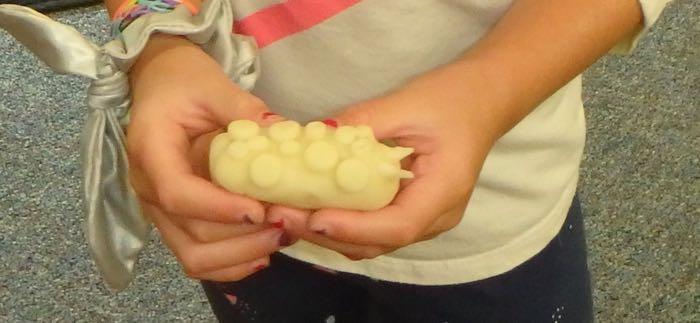
Friday afternoon a group of 2nd graders at Edna Maguire Elementary School in Mill Valley, California astounded me with their knowledge of plastics in the ocean including how it gets in the ocean, why that's a problem, and some ideas of what we can do to prevent plastics from getting in the ocean. I shared with them a little bit of information about where I'm headed and what I'll be researching there. Then, they all had a chance to try on the Big Red Parka.
"Hey Hey Antarctica's nice, I gotta get back to my ice," the 2nd graders at Vallecito Elementary in San Rafael California repeated after me as we learned about the different animals that call Antarctica home. (NOT polar bears!) One of the brave students came up to the front and let us dress him for the cold climate of Antarctica.

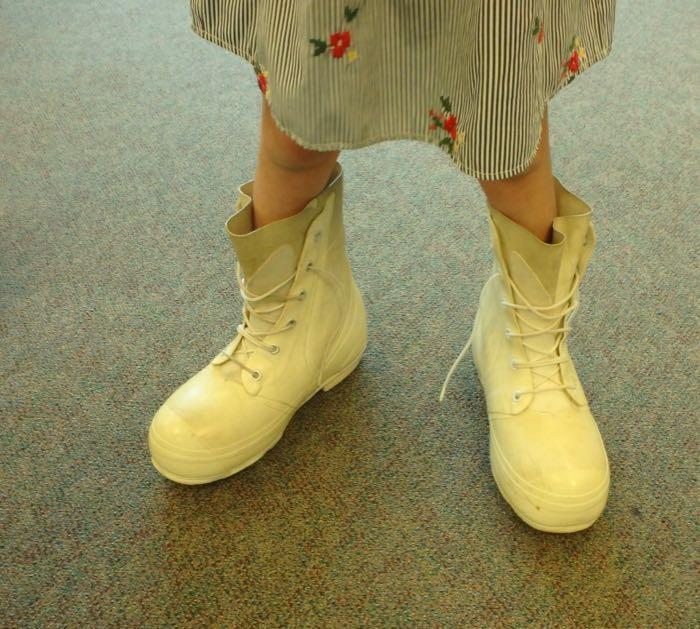
I ended my classroom visits in the San Francisco Bay area with a trip to Ms. Leinbach's 2nd grade classroom at Reed Elementary School in Tiburon, California. These curious 2nd graders were excited to ask some questions that will have me seeking answers on the icy southern continent. We talked about the difference between the Arctic and the Antarctic, they tried on the giant, heavy bunny boots, and colored in pictures of sea spiders and sea slugs. Thanks Pete Schmidt for the drawings! Sebastian, I'll talk to the divers once I'm in Antarctica and try to figure out how long they can stay down on one tank of oxygen.
Thank you to Angela Hood, Aimee Demaret, Jolee Woolard, Cat Sanner, Adam Sanchez, and Erica Leinbach for setting up visits to your classrooms and schools. I had a great time sharing my upcoming adventure with the students! To the NatureBridge educators, I hope the beginning of the season is going well! I look forward to joining you all out in the field again in January.
Due to a family emergency, I left the outreach road and returned to my hometown of Marietta, Ohio. After spending some much needed time with my family, I'll hit the road again on October 1st to share my upcoming adventure with some students in Denver, Colorado and Flagstaff, Arizona before leaving the U.S. on October 10th...18 days and counting!
Feel free to comment and ask questions below. If you are interested in me visiting your classroom or organization when I return please let me know. I am excited to share my experience!
Also, PolarTREC is NOW ACCEPTING APPLICATIONS for 2020-2021. If you are an educator or researcher who is interested in conducting field research in the polar regions definitely apply! To apply go to the PolarTREC website
QUESTION OF THE WEEK-Why are polynyas areas of intense upwelling?
This week we have a question from Susan Pike. Susan is wondering "Why are polynyas areas of intense upwelling?"
Polynyas are areas of intense upwelling mainly due to the strong winds they experience. Antarctica is the windiest continent on earth. The wind blows from the high elevations of the hills and mountains of Antarctica down across the icy plains to the ocean. These down sloping winds are called katabatic winds and have reached speeds of 200mph. As the wind blows off the continent of Antarctica, known as an offshore wind, and across the ocean, they push the sea ice and surface water away from the shore. By pushing the sea ice, the katabatic winds contribute to the formation of latent heat polynyas. As these winds blow across the surface water in polynyas the deeper, nutrient rich water rises to fill in the gap left by the surface water. This movement of water from deep water to the surface is what is known as upwelling. The constant and fast winds result in "intense" upwelling.
Check out this diagram of katabatic wind created by Dr. Hannes Grobe of the Alfred Wegener Institute for Polar and Marine Research, Bremerhaven, Germany.

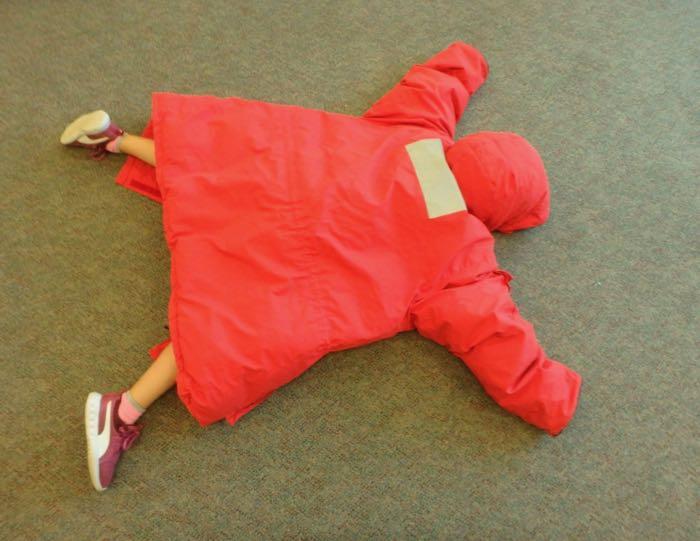
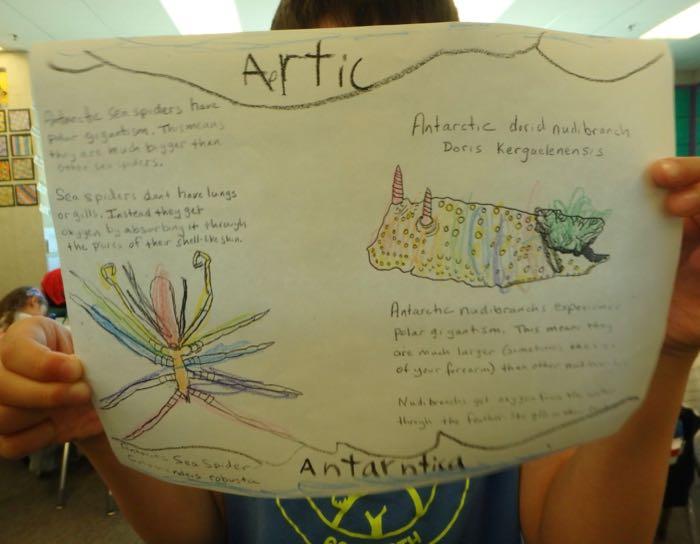
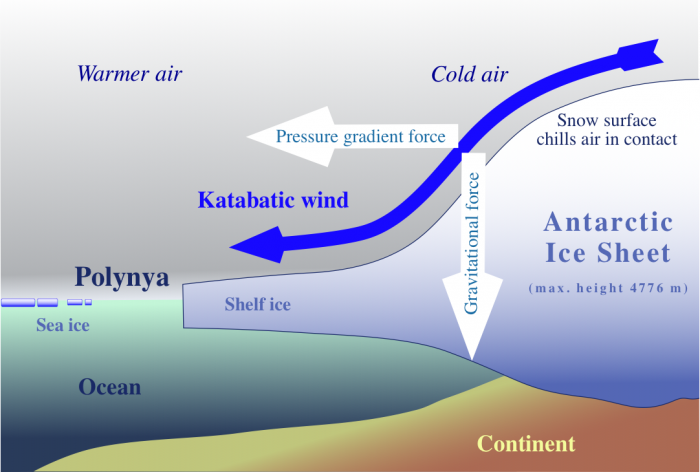

Comments